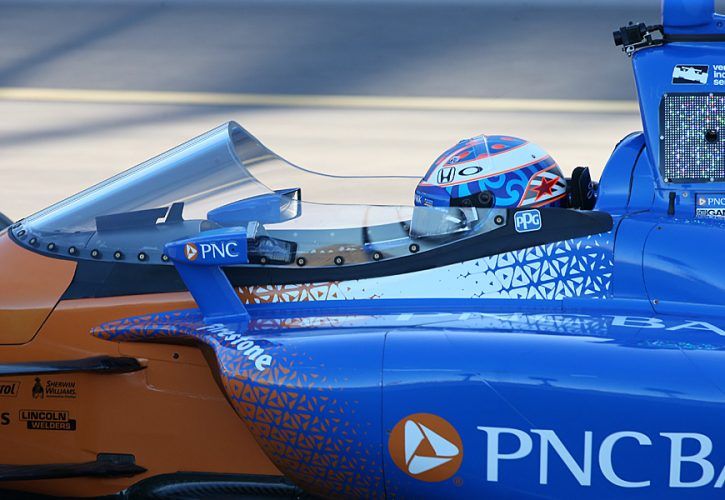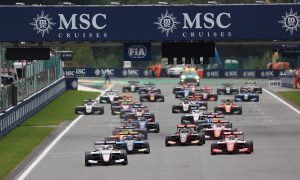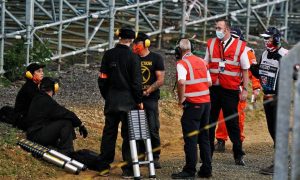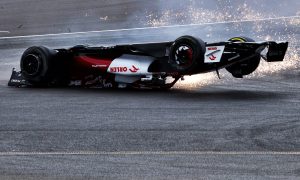
FIA safety delegate Laurent Mekies has confirmed that he is in touch with the management of the IndyCar Series over the development of their alternative windshield driver protection device.
The FIA conducted tests of a similar windshield system for Formula 1. However, Sebastian Vettel reported that it had made him feel dizzy and the proposal was dropped. The governing body subsequently opted to make the Halo system mandatory for all teams in 2018.
IndyCar has pressed ahead with the windshield system, which got its first outing this week at ISM Raceway on Thursday. The test was held in daylight, dusk and under floodlights.
"Everything looks very good, I’m very happy," said Scott Dixon after the test. "I think for us it was basically seeing if there was going to be glare issues or anything with the lights."
But Dixon did confirm that he had experienced similar visual distortions to those noted by Vettel.
“When you look through something like that, it does change," he acknowledged. "Not the magnification, but almost like a magnification.
"Your brain and eyes just need to catch up with it. The longer I ran, I got more adapted to it.” He added that the windshield had actually helped improve his vision in the harsh late-afternoon sunlight.
Mekies confirmed that he had seen the device, and was collaborating with IndyCar.
"Of course we have seen it," Mekies told RACER magazine this week. "As far as safety is concerned we work closely with all other motorsport stakeholders.
"We meet with all the key players for safety research," he continued. "We meet with IndyCar, we meet with NASCAR, we meet with the guys in V8 Supercars in Australia. So we are completely aware of what each other are doing.
"It's very good that IndyCar is putting some energy in trying to develop solutions," he added. "Maybe it can complement the work we're doing one day."
Mekies confirmed that the FIA had already shared its own information on driver protection devices with IndyCar. "We communicate on a regular basis," he said.
"As far as the research is concerned, we always try to share what we do," he explained. "It's completely going in both directions, so one could benefit from the other and vice versa."
"I think it's quite clear today what the advantages and the downsides are of the solutions," he added.
Merkies told RACER that there was no one single correct solution for all situations.
"You choose what you try to protect against," he said. "After that you have to accept if something more than that happens it won't help, or not as much as is needed.
"You might remember that we had ourselves scanned different protection levels," he pointed out. "The shield itself we tried at Silverstone last year had a slightly reduced protection level.
"It's a matter of finding a good compromise."

© IndyCar Media
Gallery: The beautiful wives and girlfriends of F1 drivers
Keep up to date with all the F1 news via Facebook and Twitter






